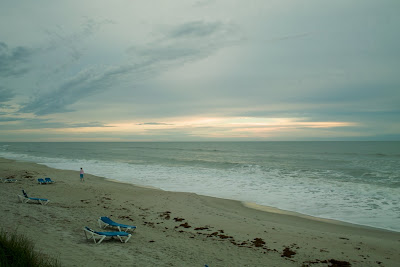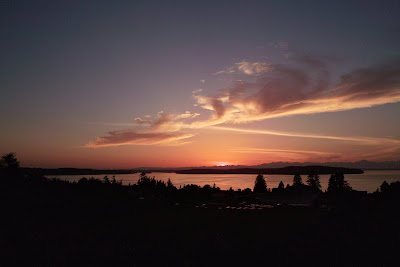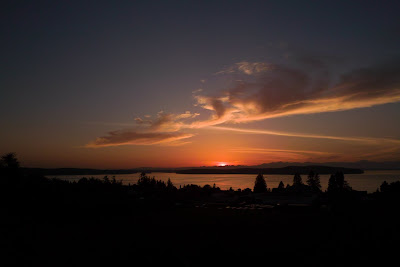

Been a busy summer so far. Little time for Blogging. Since starting to understand the DP1 I have become quite pleased with the film like quality of the images...and that would be print film vs slide or chrome film.
I have always appreciated print film but frankly the variances in the printing process were unacceptable. Each lab was different and each technician in a lab produced different results. As the problem was with the printing and not the developing of the film, now that we have scanners and software we can take control of the output part. Print film brings a wide range of subtle tones and colors. I believe the dynamic range to be quite a bit greater than slides...or digital for that matter. My choice in the print films is Kodak's Portra with 160NC being my favorite.
These 2 images are from Mt Rainier National Park. I had Portra 160NC loaded in my xPan with the 45mm lens. Interestingly the field of view appears to be about the same as the DP1.
Also of interest to me is that with each camera I really wanted a few more degrees of coverage. The water had cut through several yards of stone to form the pool and it was very dramatic. Many bemoan the lack of a zoom or a "Normal" lens on the DP1 but as yet I've wished only for wider.
Technical details.
DP1: WB Shade, ISO 100, f8, 0.4 seconds exposure.
xPan 45mm, ISO 160, f11, 0.5 seconds
I "Quick" scanned the film on an Epson V700 using Epson scanner software at 1200 dpi. I have the ability to derive substantially more information from this negative by upping the scan quality and also by using Silverfast software (multi-exposure) and will probably do just that when I have a few moments.
I saved each image as a TIFF file in Aperture and drew middle grey white balance from a point on the rocks above the red tree trunk. Other than that no adjustments were made.
I'm quite impressed with the similarities in these images and frankly when I closely inspect the corners of the images I am once again in awe of the lens on the DP1. I'll say this again, with the many multiple dollars I've spent on glass over the years (a bunch) I have never had a better lens than the one on my DP1.
 ACR
ACR SPP
SPP ACR
ACR








